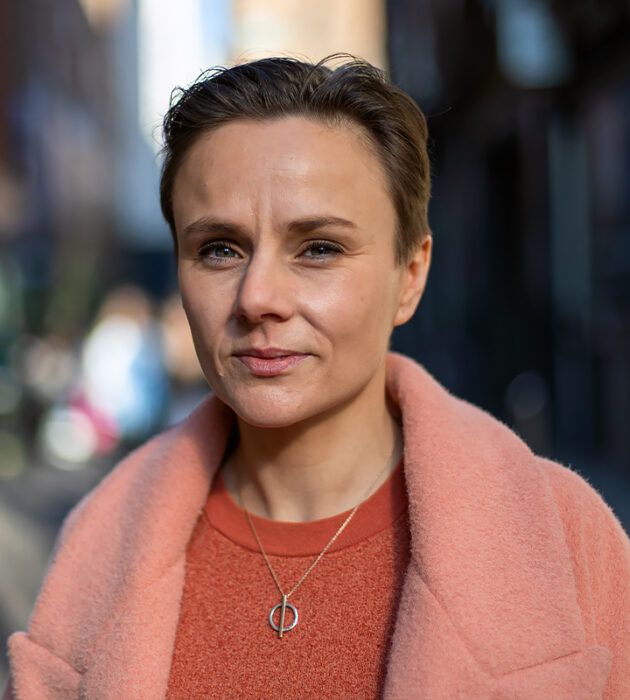“My mum is in a care home and the GP placed a DNAR on her records. No one spoke with me and I don’t know what it means.”

DNACPR in the news like never before

In the past few weeks we’ve seen a huge amount of concern that blanket DNACPR (do not attempt cardiopulmonary resuscitation) decisions are being imposed on people without discussing this with them. This began with a media story highlighting a GP surgery in Wales that took a particularly poor approach.
Many people have been horrified by the idea that people may have DNACPRs imposed on them without discussion, based on factors such as age or an underlying health condition. The clear problem here is this approach doesn’t take into account what the person would want for themselves.
Done well, DNACPR conversations help people understand what is likely to happen if they do become unwell, and gives them the opportunity to ask questions and explain what matters to them. Once the reality of the situation is explained, people who are already very ill or frail often do not want to receive a treatment that is likely to be painful and distressing, only to keep them alive with a very low quality of life.
Clearly these conversations are a far cry from DNACPRs being applied to whole groups of the population — needless to say this shouldn’t happen, but here we are.
Bad examples of DNACPR aren’t new
The stories emerging haven’t highlighted a new problem, in fact we’ve known for some time that the communication skills of healthcare professionals discussing DNACPR with people varies widely. We recently analysed three years’ worth of calls to our information service on DNACPR, and (before the lockdown) we facilitated a discussion with a group of people with professional and personal experience of CPR decisions on this (to find out more about this get in touch).
Unfortunately, these bad examples have led to a lack of understanding by the public about how DNACPR decisions should be made, and these recent cases have only exacerbated this. Before the coronavirus pandemic we were often contacted by distressed individuals and family members who wanted to understand why a DNACPR decision was not discussed with them:
“When my husband was discharged from hospital, I was handed a bag which contained medication & several pieces of paper. When I arrived home I was very surprised to see that a DNAR was enclosed with a form stating that this had been discussed with my husband and myself. Absolutely no such thing occurred. My husband was fully aware of everything that was going on and I would certainly have remembered such a conversation. I’m not suggesting that a DNAR was inappropriate at a later stage but it came as a real shock to read it without any warning.”
Doctors explaining DNACPR publicly
One important outcome of the spotlight being shone on DNACPR, is that some of the medical community has stepped up to explain what a DNACPR really means, and how discussions about DNACPR should be done.
We’ve seen several doctors trying to clear up the confusion by giving their explanations of the DNACPR process on Twitter.
This doctor went even further, sharing a personal experience to try to help clear up public confusion about DNACPR decision making.
This honest, transparent approach is exactly what we need to support people’s understanding of what CPR is, why it may not be clinically appropriate, and what can be done to ensure people are treated with respect and dignity.
When DNACPR is done right, it really helps
It’s important we recognise that there are people who want to have these conversations. Through our services we often hear from people who do not want CPR, and want know how to make this clear to doctors and loved ones.
We also hear from relatives who were involved in honest conversations and shared decision-making about CPR before crisis point, which contributed to a better experience at the end of life:
“My father, 63, with terminal cancer and father-in-law, 83 with Parkinson’s and other disorders, had frank, compassionate discussions with their doctors, who included us, as carers, in their decision-making. This ensured that they were able to accomplish a beautiful death, comfortable, without pain and surrounded by their loved ones.”
“My 94-year-old mother had been admitted to hospital after a fall, which had broken her pelvis. She developed a chest infection and then had a heart attack. We were called in the night and by the time we reached the hospital she had stabilised. The young doctor explained what had happened very clearly and the implications. My sister and I were able to reach a fully informed decision that further resuscitation would not be in her best interests.”
“My mother had a DNAR and a living will. When she died, she was 98 and living in a care home. The staff and her doctor were very accepting of her plans and did what they could to make her comfortable until she passed.”
Let’s get better at these conversations
Whilst much of the recent attention on DNACPR has been negative, these examples show what is at stake. Coronavirus has presented all of us with an important opportunity to communicate clearly and compassionately what DNACPR is (and is not).
It is vital that everyone in the medical and voluntary sectors helps each other and the people we support to have these important conversations. Because the people who use our services tell us this can make all the difference in whether someone has a good or bad death.